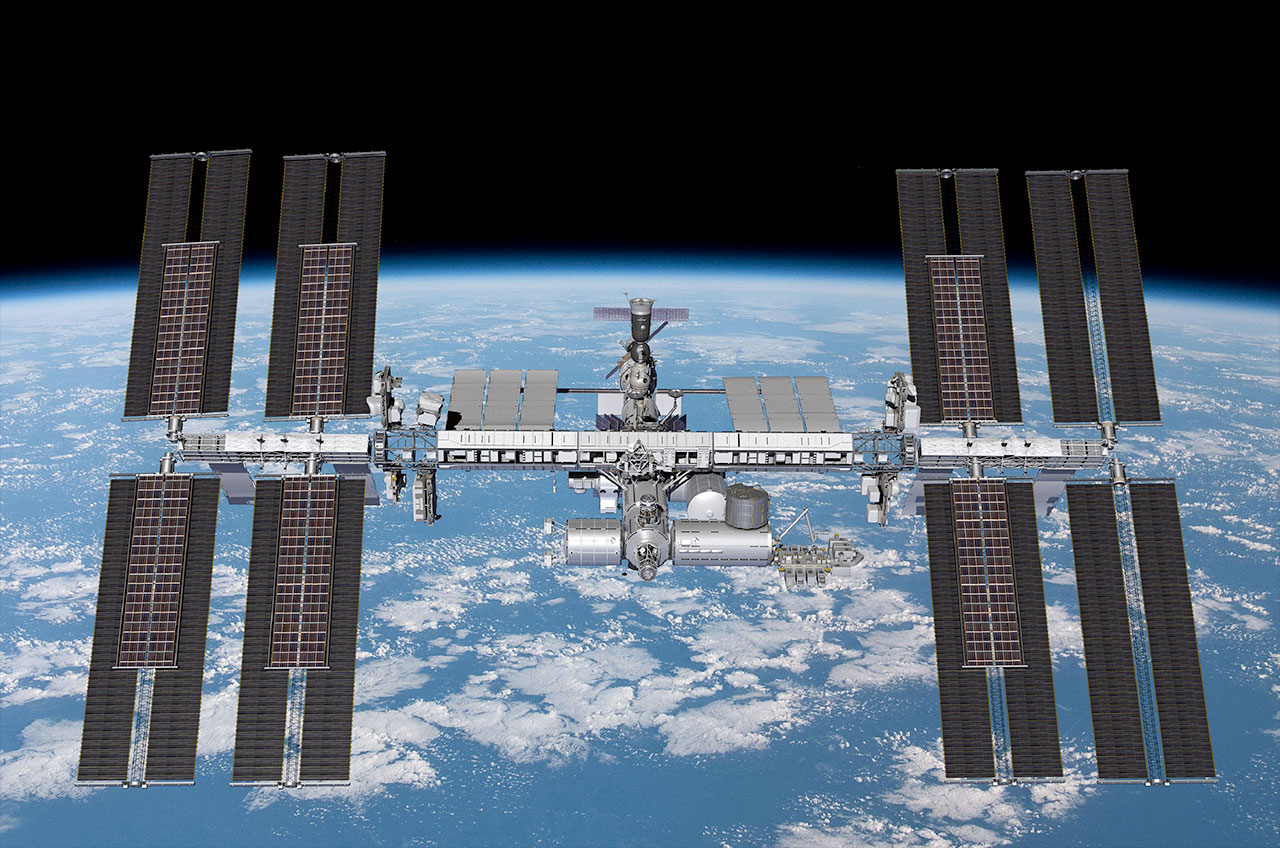|
Author
|
Topic: International Space Station new solar arrays
|
Robert Pearlman
Editor Posts: 45773
From: Houston, TX
Registered: Nov 1999
|
 posted 01-11-2021 05:45 PM
posted 01-11-2021 05:45 PM
   
collectSPACE Boeing to boost space station power supply with new solar arraysThe International Space Station (ISS) will soon be getting a power boost. The space station, which has drawn the majority of its electricity from eight large solar panels for the past 15 years, will be augmented with six new solar arrays beginning later this year. The new addition will provide a 20 to 30 percent increase in power, enabling the complex's growing research capabilities and commercial opportunities.  |
KSCartist
Member Posts: 2959
From: Titusville, FL
Registered: Feb 2005
|
 posted 01-11-2021 06:44 PM
posted 01-11-2021 06:44 PM
   
My initial impression is why not two additional? |
Robert Pearlman
Editor Posts: 45773
From: Houston, TX
Registered: Nov 1999
|
 posted 01-11-2021 07:35 PM
posted 01-11-2021 07:35 PM
   
According to a 2019 NASA presentation at the Association of Space Explorers' Planetary Congress: Upgrading six channels is the minimum amount required to avoid negatively impacting ISS operations. |
RobertB
Member Posts: 212
From: Israel
Registered: Nov 2012
|
 posted 01-11-2021 10:38 PM
posted 01-11-2021 10:38 PM
   
Will Lego issue an upgrade kit for the ISS model?  |
sev8n
Member Posts: 255
From: Dallas TX USA
Registered: Jul 2012
|
 posted 01-17-2021 11:51 AM
posted 01-17-2021 11:51 AM
  
I'm sure the appropriate studies were done but shadowing the existing panels, with the corresponding drop in output, seems like a large overall efficiency penalty. |
Jim Behling
Member Posts: 1611
From: Cape Canaveral, FL
Registered: Mar 2010
|
 posted 01-17-2021 01:38 PM
posted 01-17-2021 01:38 PM
   
Better than retracting them, which is the only other option. The new panels provide more than the old ones, so no penalty. |
Robert Pearlman
Editor Posts: 45773
From: Houston, TX
Registered: Nov 1999
|
 posted 01-17-2021 02:44 PM
posted 01-17-2021 02:44 PM
   
quote:
Originally posted by sev8n:
...shadowing the existing panels
This was also addressed in the aforementioned Planetary Congress presentation. The benefits of overlaying the legacy arrays with the new arrays include: Attaching to the existing Beta Gimbal Assembly (BGA) allows use of existing sun tracking, power distribution, and channelization.The two arrays are electrically combined and both provide power to the ISS resulting in an increase in power performance compared to the legacy ISS solar array. |
SkyMan1958
Member Posts: 1000
From: CA.
Registered: Jan 2011
|
 posted 03-08-2021 05:03 PM
posted 03-08-2021 05:03 PM
   
...will ultimately increase the station's total available power from 160 kilowatts to up to 215 kilowatts. Obviously the old solar power cells have decayed over their roughly 20 year lifetime. Is the 160 kilowatts they produce what they were originally rated for, or what they are currently producing? If they were originally rated for 160 kilowatts, one would assume the radiators aboard the ISS were designed for that amount plus some sort of a safety factor.If the old solar power cells were originally rated for producing 160 kilowatts, then the new solar arrays will boost the power input to the station by roughly 1/3, from 160 to 215 kilowatts. Does anyone know if there are any plans to strap on any new radiators or update them? It seems to me that if you want more input of energy to the station, you have to have more output of waste heat, or life will become more unpleasant aboard the Station. |
Robert Pearlman
Editor Posts: 45773
From: Houston, TX
Registered: Nov 1999
|
 posted 03-08-2021 05:26 PM
posted 03-08-2021 05:26 PM
   
NASA has not mentioned a need to deploy additional radiators or otherwise do anything more to dissipate additional heat, so it may be that the current radiators can handle the additional load. |
oly
Member Posts: 1170
From: Perth, Western Australia
Registered: Apr 2015
|
 posted 03-08-2021 10:01 PM
posted 03-08-2021 10:01 PM
   
In the 20 years since, solar panel technology has developed and new cell designs have come about. The efficiency has increased, perhaps negating the need for any increase in radiator efficiency. |













